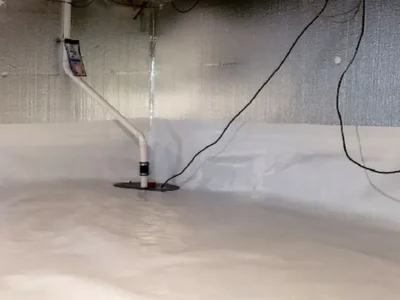Shipping is an essential aspect of the global economy, facilitating the movement of goods across borders and connecting businesses and consumers worldwide. However, the environmental impact of traditional shipping practices, such as carbon emissions, air pollution, and plastic waste, has raised concerns about the sustainability of the industry. In recent years, businesses have been increasingly recognizing the importance of adopting sustainable shipping practices to minimize their environmental footprint and reduce costs in the long run. In this article, we will explore various strategies that companies can implement to make their shipping operations more sustainable, focusing on how these practices can reduce both expenses and their ecological impact.
Small Parcel Contract Negotiations for Sustainable Shipping
A significant area where businesses can make strides towards sustainability is through small parcel contract negotiations with shipping carriers. Companies that regularly ship small parcels can leverage their shipping volume to negotiate favorable terms with carriers, enabling them to reduce both costs and environmental impact.
Before entering small parcel negotiations, businesses should conduct a thorough analysis of their shipping data and volumes. Understanding shipping patterns, peak seasons, and the destinations of their parcels will provide valuable insights into potential efficiencies and opportunities for improvement. Identifying areas of excessive shipping and waste can help businesses set reduction targets and negotiate more effectively.
One of the most significant advantages businesses have during negotiations is their shipping volume. Companies that consistently ship large quantities of parcels can use this leverage to secure better shipping rates. By negotiating lower rates, businesses can reduce their shipping expenses while also incentivizing carriers to provide more sustainable services, promoting a win-win situation for both parties.
Implementing Green Packaging Strategies
In addition to small parcel contract negotiations, adopting green packaging strategies is another effective approach for sustainable shipping. The way products are packaged significantly impacts the environmental footprint of shipping, and businesses can take several steps to minimize waste and promote eco-friendliness.
Use Sustainable Packaging Materials: One of the most fundamental steps towards green packaging is using sustainable materials. Opt for biodegradable, recyclable, or compostable packaging options whenever possible. Materials like corrugated cardboard, molded pulp, and paper-based cushioning provide excellent alternatives to traditional plastic-based packaging materials.
Right-sizing and Efficient Packing: Properly sizing packaging to fit the product without unnecessary excess space can reduce the overall volume of shipments. Implementing efficient packing practices, such as using standardized box sizes and investing in packing algorithms, ensures that fewer materials are used, reducing waste and shipping costs simultaneously.
Adopt Reusable Packaging: For businesses with recurring shipments or returns, reusable packaging can be a game-changer. Instead of using single-use packaging that often ends up in landfills, explore opportunities for reusable packaging solutions that can significantly cut down on waste generation and reduce the need for constant material replenishment.
Educate Customers and Encourage Recycling: Sustainable shipping goes beyond the company’s internal operations. Businesses should also engage their customers in eco-friendly practices. Educate consumers about recycling packaging materials and encourage them to dispose of the packaging responsibly. By raising awareness and providing recycling instructions, companies can create a more environmentally conscious customer base, further contributing to sustainability efforts.
Advantages of Sustainable Shipping
Embracing sustainable shipping practices not only benefits the environment but also provides numerous advantages to businesses, making it a wise and profitable choice.
Cost Savings and Efficiency: Implementing sustainable shipping practices can lead to significant cost savings in the long run. Reduced packaging material costs, lower shipping rates through negotiations, and optimized shipping routes result in a more efficient and cost-effective supply chain.
Enhanced Brand Reputation: Consumers are becoming increasingly environmentally conscious, and they prefer to support businesses that prioritize sustainability businesses that prioritize sustainability. By showcasing a commitment to eco-friendly shipping practices, companies can improve their brand reputation and attract more environmentally-conscious customers.
Compliance with Regulations: As global environmental regulations become stricter, businesses that adopt sustainable shipping practices are better prepared to comply with evolving environmental standards. By staying ahead of regulatory requirements, companies can avoid potential fines and penalties while also future-proofing their operations.
Innovation and Competitive Advantage: Embracing sustainability often requires businesses to innovate and explore new technologies and practices. By being at the forefront of sustainable shipping, companies can gain a competitive advantage over their peers and position themselves as leaders in the industry.
Conclusion
Sustainable shipping practices are no longer just an option but a necessity for businesses looking to thrive in an increasingly environmentally conscious world. Through small parcel contract negotiations, implementing green packaging strategies, and realizing the numerous advantages of sustainable shipping, companies can significantly reduce their costs while minimizing their environmental impact. By making these changes, businesses can contribute to a more sustainable future and foster positive change in the shipping industry as a whole. The time to act is now – let us sail towards a greener horizon.










Comments